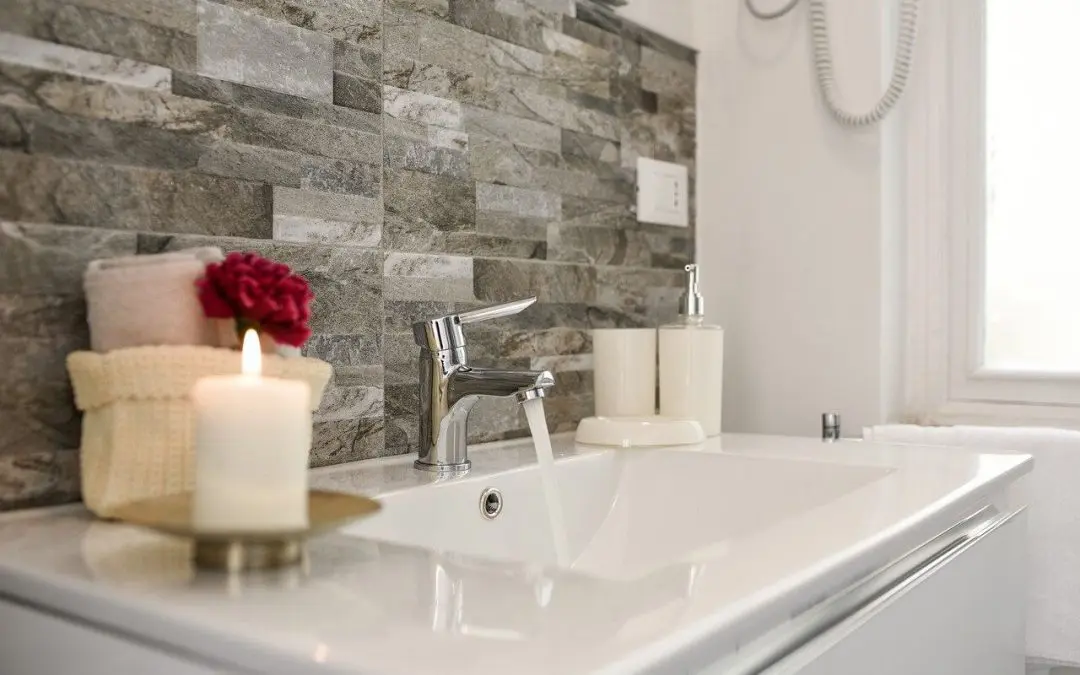Nobody likes dealing with bathroom mold. It is unsightly, poses health risks, and causes unpleasant odors. Luckily, preventing bathroom mold is easier than you might think. You can keep your bathroom clean and mold-free with a few simple strategies and regular maintenance. In this post, we’ll explore five effective ways to prevent bathroom mold and keep your space looking and feeling fresh.
Proper Ventilation is Critical to Prevent Bathroom Mold
One of the main contributors to bathroom mold is excess moisture. Without proper ventilation, the moisture from showers, baths, and sinks can accumulate on surfaces and create an ideal environment for mold growth. To prevent this, make sure your bathroom is well-ventilated. Install a vent fan if you don’t already have one, and use it during and after showers to help remove excess moisture from the air. Additionally, consider leaving the bathroom door or window open after showering to allow fresh air to circulate and help dry out any remaining moisture.
Regular Cleaning
Regular cleaning is vital to preventing bathroom mold. Make sure to clean your bathroom regularly, paying special attention to areas prone to mold growth such as shower walls, grout lines, and caulking. Use a mildew-resistant cleaner or a mixture of vinegar and water to scrub away any existing mold and prevent it from coming back. Don’t forget to clean shower curtains, bath mats, and other accessories regularly, as these can also harbor mold spores.
Keep Surfaces Dry
After showering or using the sink, take a few extra minutes to wipe down surfaces and dry them thoroughly. Pay particular attention to areas around the sink, bathtub, shower enclosure, and any tile grout or caulking where moisture can accumulate. Using a squeegee to remove excess water from shower walls and doors can also help prevent mold growth by reducing moisture buildup.
Seal Grout and Caulking
Grout lines and caulking around sinks, bathtubs, and showers are notorious for attracting mold. To prevent mold growth in these areas, seal grout lines and caulking regularly. This will help prevent moisture from seeping into the cracks and crevices where mold can take hold. If you notice cracks or gaps in the grout or caulking, repair them promptly to prevent water infiltration and mold growth.
Monitor Humidity Levels to Prevent Bathroom Mold
Keep an eye on humidity levels in your bathroom to prevent mold growth before it starts. Aim for a humidity level of around 50% or lower to discourage mold growth. Use a hygrometer to monitor humidity levels and adjust ventilation as needed to maintain optimal conditions. Consider using a dehumidifier in especially humid climates or during the wetter months to help keep moisture levels in check.
Preventing bathroom mold is within reach. With proper ventilation, regular cleaning, and a few simple maintenance tasks, you can keep your bathroom clean and mold-free.
Frequently Asked Questions About Mold in the Home
How do I clean up mold in my home safely?
When cleaning mold, it’s essential to wear protective gear such as gloves, goggles, and a mask to prevent exposure to mold spores. Use a detergent solution or specialized mold cleaner to scrub surfaces with visible mold growth, and ensure proper ventilation during the cleaning process.
Can I remove mold myself, or do I need professional help?
Minor mold problems can sometimes be addressed with DIY methods using household cleaners and proper safety precautions, such as wearing protective gear and ensuring adequate ventilation. However, extensive mold infestations or mold in hard-to-reach areas may require professional remediation to ensure thorough removal and prevent further spread.
What are the common signs of mold growth in a home?
Signs of mold growth include a musty odor, visible patches of mold on surfaces, water stains on walls or ceilings, peeling or discolored paint, and allergic reactions such as sneezing, coughing, or skin irritation.
How do I identify mold in my home?
Mold is often visible as black, green, or brown patches on surfaces, but it can also hide in hidden areas like behind walls, under carpets, or in ceiling tiles. If you suspect mold but can’t see it, you may notice a musty odor or experience allergic symptoms when spending time in certain areas of your home.
JBS Home Inspections provides professional inspection services in the greater Boston area. Contact us to schedule an appointment.

